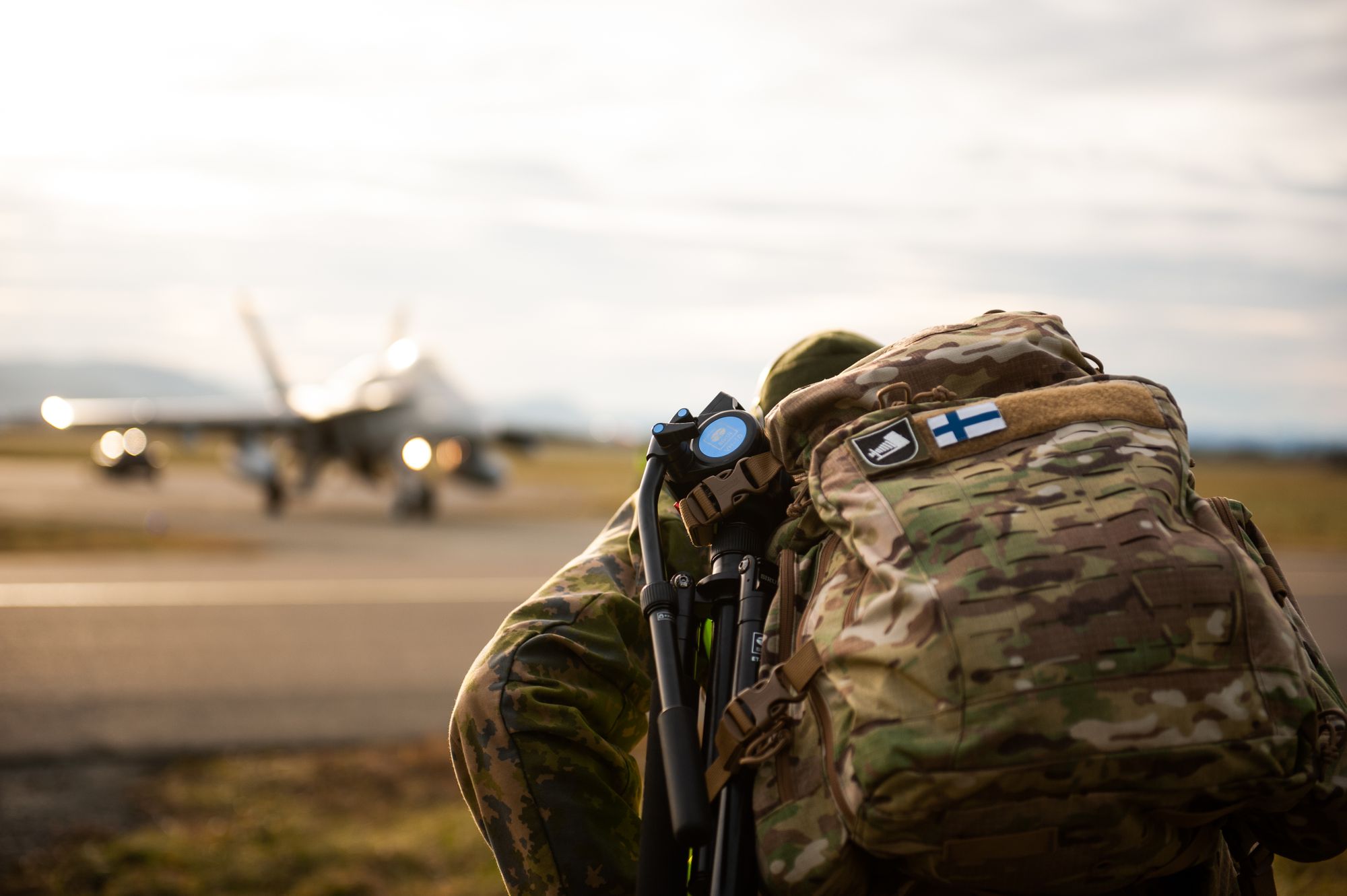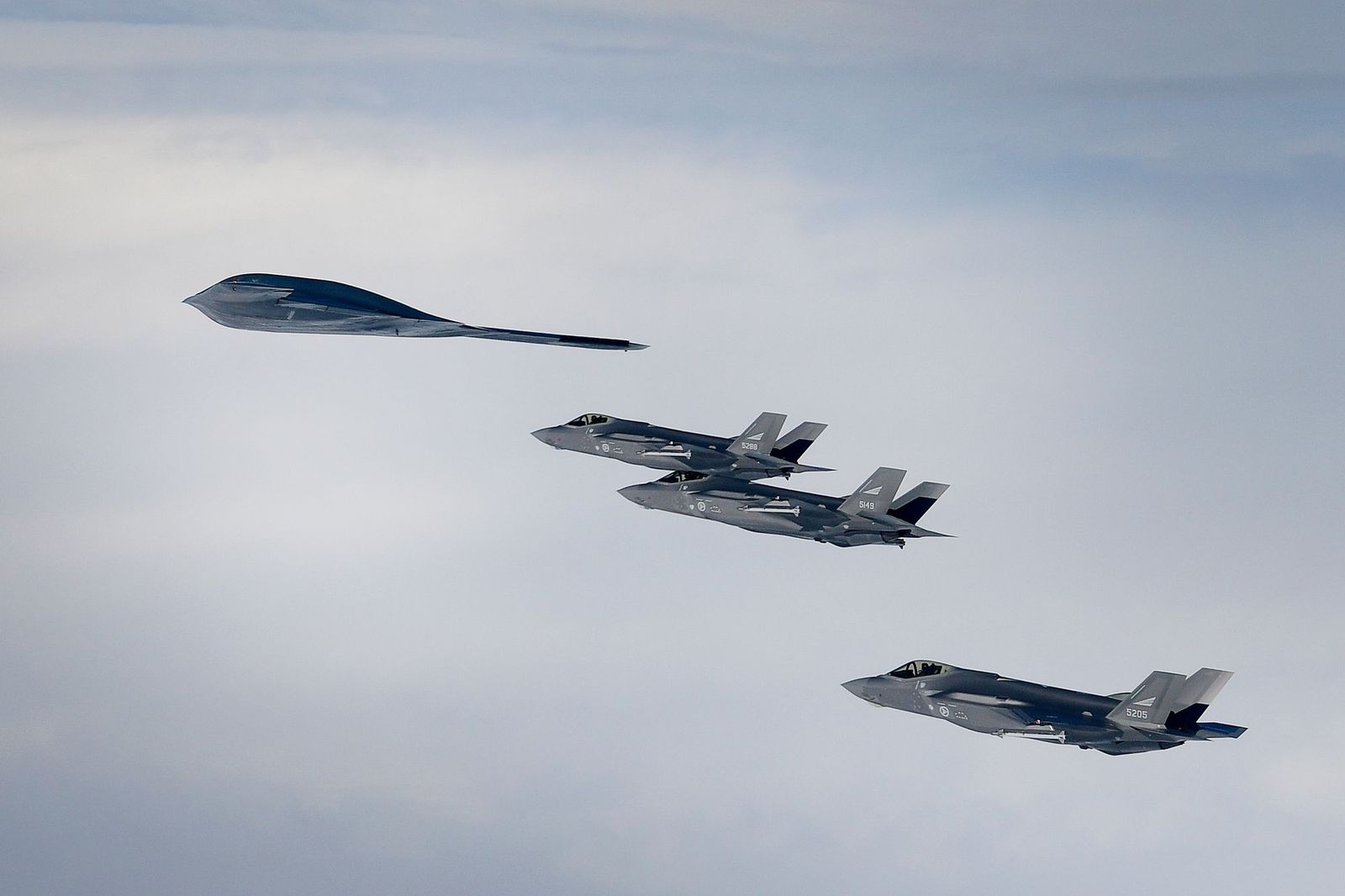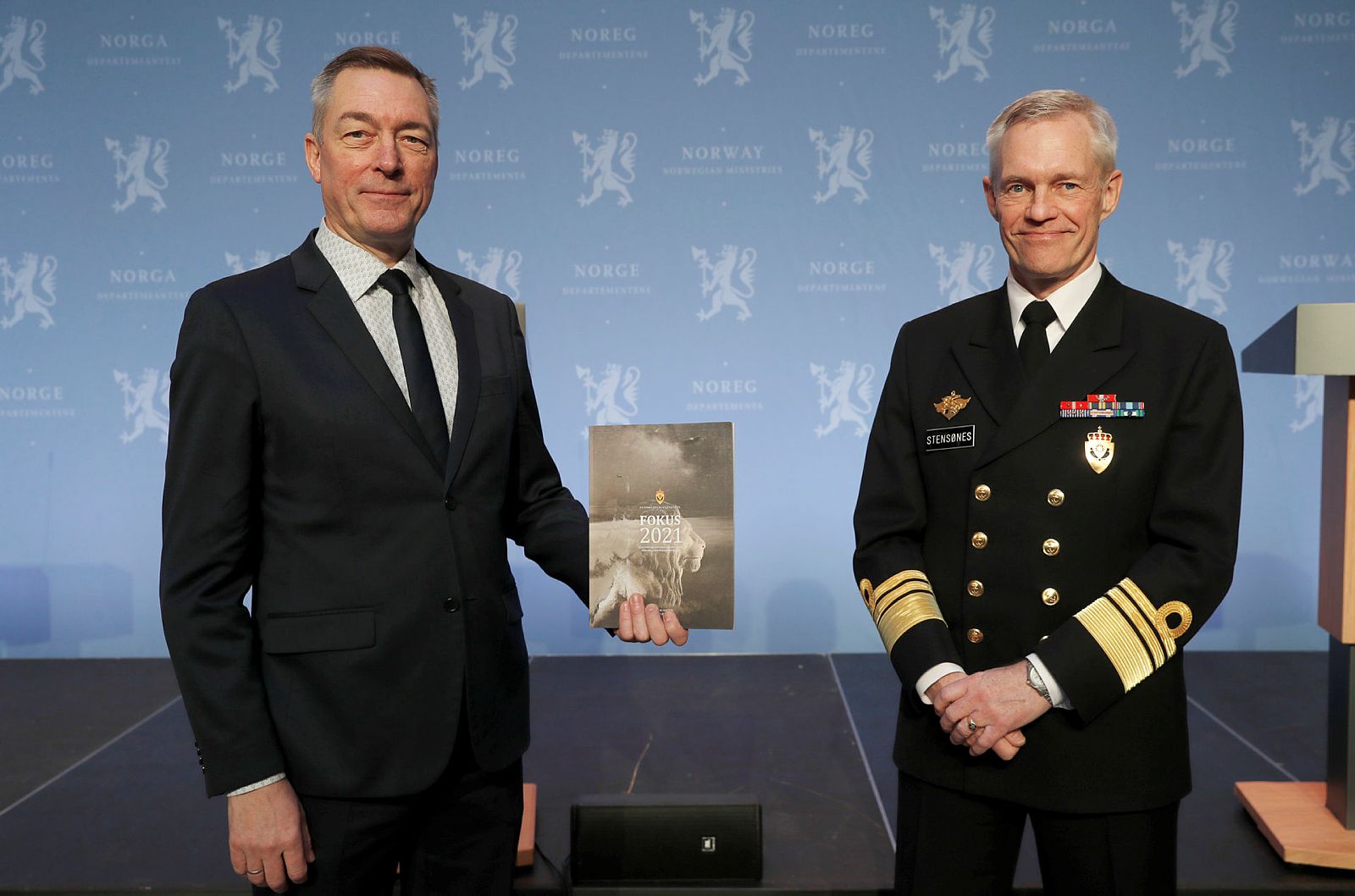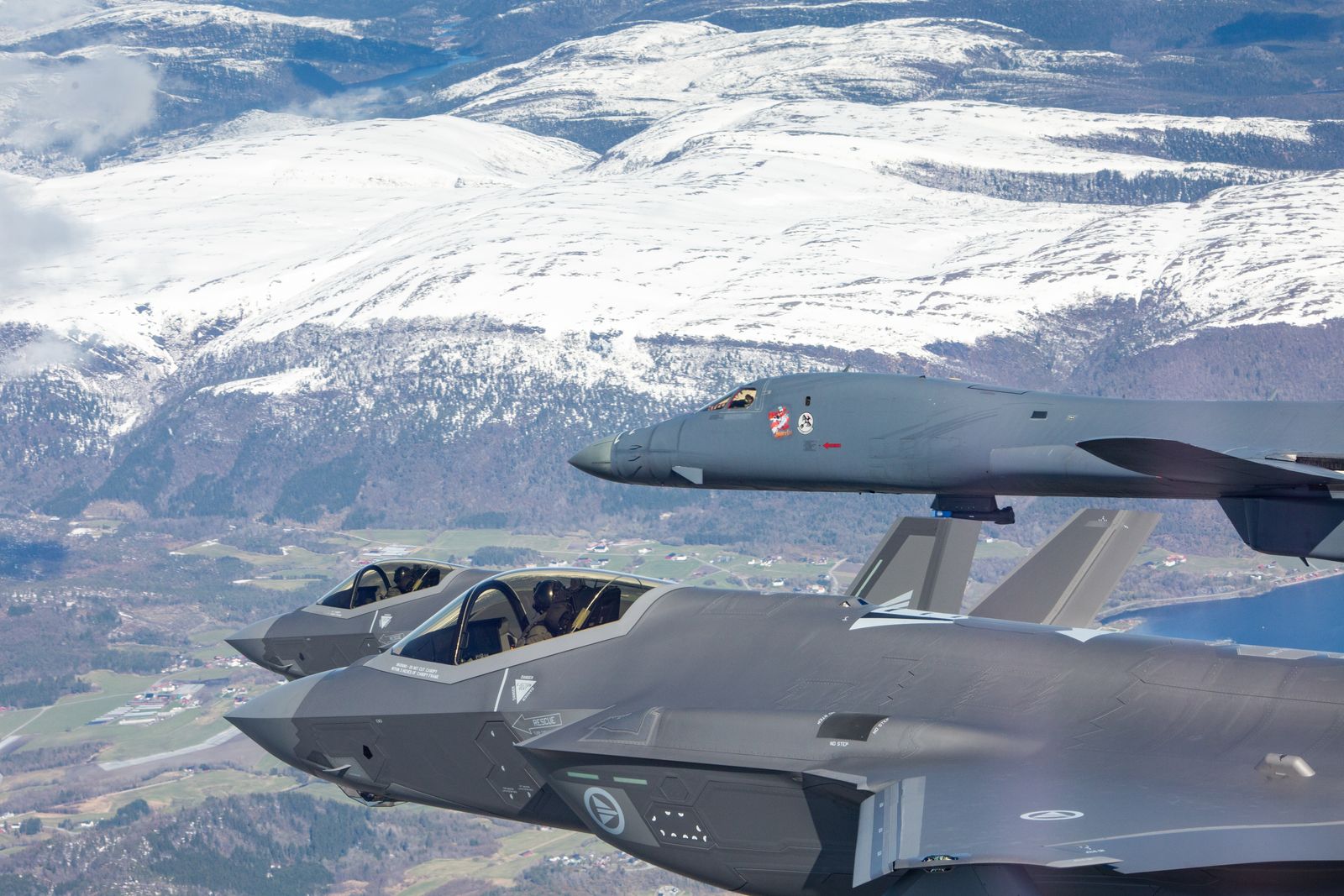At the end of 2017 the Nordic states announced their first joint procurement project – the Nordic Combat Uniform. While it may be a more technical procurement process, it is symbolic as it indicates how Nordic defence cooperation is taking over new ground - both in practice and in appearance.
The main driver for closer defence cooperation in recent years has been a shared strategic concern between Nordic states on the overall threat perception in the region. Since Russia’s annexation of Crimea and Russia’s military intervention in Eastern Ukraine in 2014, the security situation in Europe has deteriorated. While Northern Europe and the Baltic Sea region are not the origins of military tensions, they have been affected by the wider standoff between Russian and the West due to geostrategic reasons.
Russia’s willingness to modernize and utilize its military forces as well as NATO’s response to Russian aggression in the form of the Enhanced Forward Presence (EFP) in the Baltic states and Poland have been the leading security developments in Northern Europe in the recent years. These actions have had a direct impact on Nordic states like Denmark, Iceland and Norway who for example contribute to NATO’s EFP presence. It has also led to closer defence cooperation between Finland and Sweden.
Geographically the five Nordic states have traditionally looked at slightly different directions. On the other hand, shared history, common values and the same operating environment have brought the Nordic countries together with exceptionally close ties. Nordic defence cooperation enjoys significant legitimacy among Nordic populations and politicians alike. However, there are also considerable differences between the Nordic states in security political solutions and priorities. As Denmark, Norway and Iceland are members of NATO, Finland has prioritized defence cooperation especially with Sweden – and to a certain extent with Norway.
Finland’s network of defence cooperation
Since the events in Ukraine, different versions of multilateral and bilateral defence cooperation have emerged in Europe. While NATO remains the institutional corner stone of Western European security and defence, several other multinational defence projects and initiatives such as the UK-led Joint Expeditionary Force, the French-led European Intervention Initiative or the German-led Framework Nations Concept have been created.
Finland has paid close attention not only to the political developments in European security during recent years, but also on the institutional defence policy trends in Europe. Even though Finland’s security relies above all on its national defence capabilities, the changes in European security have opened up new opportunities in the field of defence policy.
From 2014 onwards Finland has joined the multinational initiatives mentioned above and signed bilateral Memorandum’s of Understanding (MoU) with several partners, namely the United States, Sweden, Germany, France and the UK. Finland has also signed a trilateral document on defence cooperation with the United States and Sweden and gained an Enhanced Opportunities Partnership (EOP) status in NATO. In addition, Finland has been actively supporting a stronger European Union defence policy and was active in supporting the formation of the Permanent Structured Cooperation (PESCO).
Network of deepening defence cooperation
In 2017, Finland revised the legal tasks of the Finnish Defence Forces so that obstacles for Finland to be able to provide and receive international military assistance were removed. In addition to this new legislation, Finland’s bilateral defence agreements and documents create the basis of its international defence engagement. However, it should be noted that these defence cooperation agreements are not of legally binding nature – as in they do not provide security guarantees. While not seeking a NATO membership Finland has, to sum it up, seeked to form a network of deepening defence cooperation with its closest partners.
In the case of Finland, Nordic defence cooperation is a part of its networked defence approach. Most of Finland’s Nordic defence cooperation with its partners is taking place on a bilateral or multilateral level in addition to the NORDEFCO framework. While NORDERFCO remains an important platform for Finnish security policy, cooperation with Sweden stands out as unique. This is also reflected on the Finnish Government’s white paper on defence policy (2017), which outlines that Sweden enjoys a special status in Finland’s bilateral cooperation. One reason is that since 2015 it has been based on a policy of ‘without political predeterminations’. The approach, avoiding the setting of hard limits – in advance – on defence cooperation was changed between 2014 and 2015, as cooperation was initially (in 2014) limited to peacetime activities.
The uniqueness is also evident on the Swedish side, where laws are being changed to remove a political constraint – enabling Sweden to legally engage in combined Finnish-Swedish territorial defence operations. In this sense for Finland, Nordic defence cooperation has primarily meant a deeper relationship with Sweden.
Bilateral defence cooperation enjoys high popularity in both countries among politicians. According to the recent survey (January 2020) conducted by the Advisory Board For Defence Information (ABDI), which operates under the Finnish Ministry of Defence, defence cooperation with Sweden is supported by 96% of the respondents (NORDEFCO is supported by 94%). This provides the political leadership with legitimacy to advance in defence cooperation with Sweden and other Nordic states.
Capability to act together
During the last six years, Finland and Sweden have reached a point where they have the capability to act together in peace and crisis times. For example, the Swedish-Finnish Naval Task Group (SFNTG) has entered its initial operational capability phase. On land, company-sized Finnish elements have conducted exercises as an integral part of Swedish battalion-sized units, and this cooperation will soon extend to Finnish battalions carrying out exercises as a part of Swedish brigades. Cooperation between the air forces of both countries has also confirmed the ability to operate as integrated combined units, able to jointly defend each other’s territory in demanding air-to-air and air-to-ground scenarios.
In December 2019 Finnish Chief of Defence General Timo Kivinen met with his Swedish counterpart General Micael Bydén in Helsinki, where the main event was to sign a military strategic concept for the deepened cooperation. Political leadership in both Helsinki and Stockholm have indicated a willingness to deepen further the bilateral defence relationship in the future to come.
Norway has also played a role in Finland’s active defence cooperation. Cross-border exercises of the air forces of Sweden, Finland and Norway are organized almost on a weekly basis. In 2018, Finland and Sweden participated in NATO’s Trident Juncture exercise hosted by Norway. All three countries are also actively participating in each other’s regional defence exercises as well as address common security and defence matters on a high-level. In 2019, Jussi Niinistö, Finland’s Minister of Defence at the time proposed that Finland, Sweden and Norway should conduct common military exercises on a regular basis.
Added value through interoperability
The trend of bilateral and selective multinational defence initiatives has also affected Northern European security dynamics due to the changing operational environment as well as the differences between the basic solutions in defence policy of the Nordic states. For Finland this has meant first and foremost a deeper defence relationship with Sweden that extends to peacetime, crises and war.
Regardless that the Nordic states have diverging alliance affiliations, they have expressed willingness to have more defence cooperation together. From a strategic point of view, it has also been in the interest of Finland to increase defence cooperation with its Nordic partners within existing framework but on new platforms as well.
Interoperability has been an area which Finland emphasizes on both NORDEFCO and on bilateral levels. The Finnish Government’s white paper on defence policy (2017) states that Finland aims to increase the Nordic use of naval and air bases and training areas so as to generate flexible and efficient exercises. In 2017 Finland had its NORDEFCO chairmanship, where it highlighted enhancing the ability to face time of crisis, continuing regional security situation analysis and testing NORDEFCO structures in a Table Top Discussion.
One other interesting development taking place within the framework of NORDEFCO, is the Vision 2025 published in 2018 – a political guideline setting ambitious targets for Nordic defence cooperation. The idea of renewing the NORDEFCO vision was presented by Finland during its chairmanship in 2017. The main thesis of Vision 2025 is to improve common defence capability and cooperation in peace, crisis and conflict.
Interoperability produces great value for Nordic defence cooperation and non-NATO members like Finland and Sweden. Conducting joint exercises, materiel procurement and sharing of information can generate security benefits even if Nordic states have different defence solutions. Supporting national capabilities contributes to overall regional deterrence. Thus, Nordic cooperation will remain as natural element of Finland’s international defence engagement.
Denne artikkelen var først publisert i Luftled 1-2020.
Foto: Finsk Combat Media Team besøker finske piloter på Ørland flystasjon under øvelse Trident Juncture 2018. Amanda Fjeld/Forsvaret







